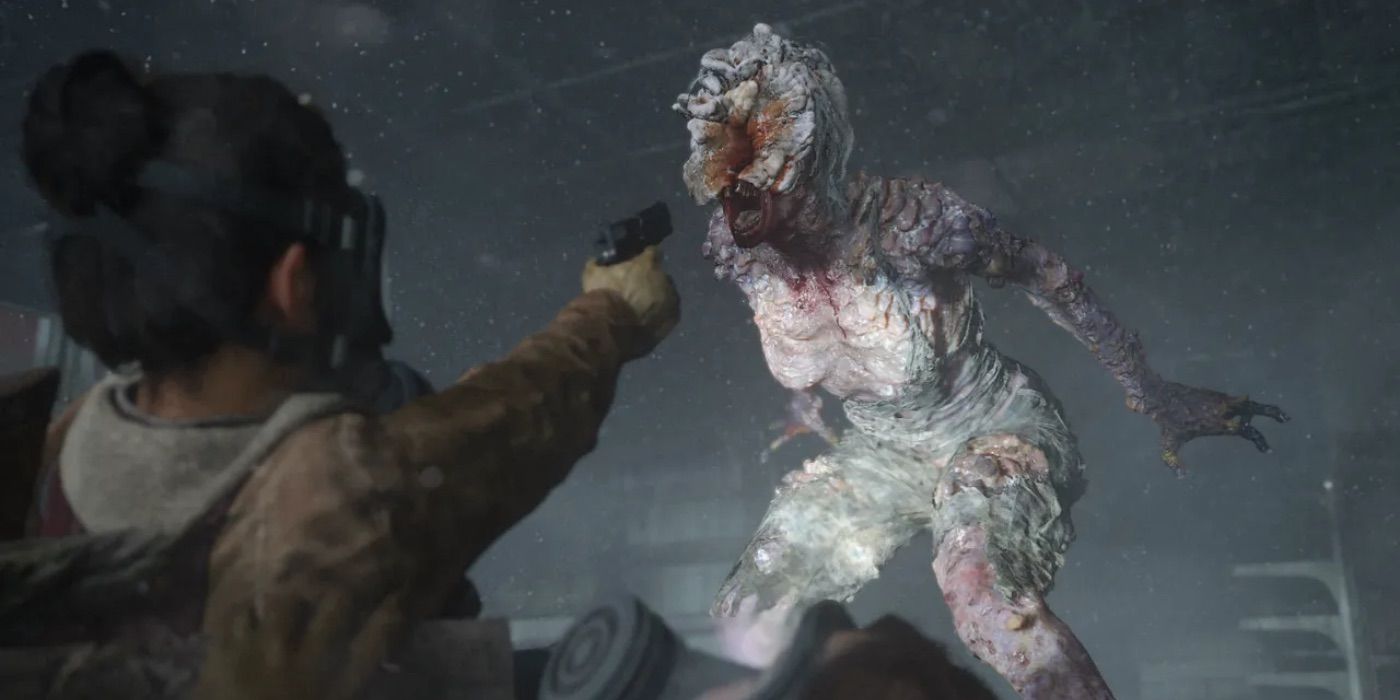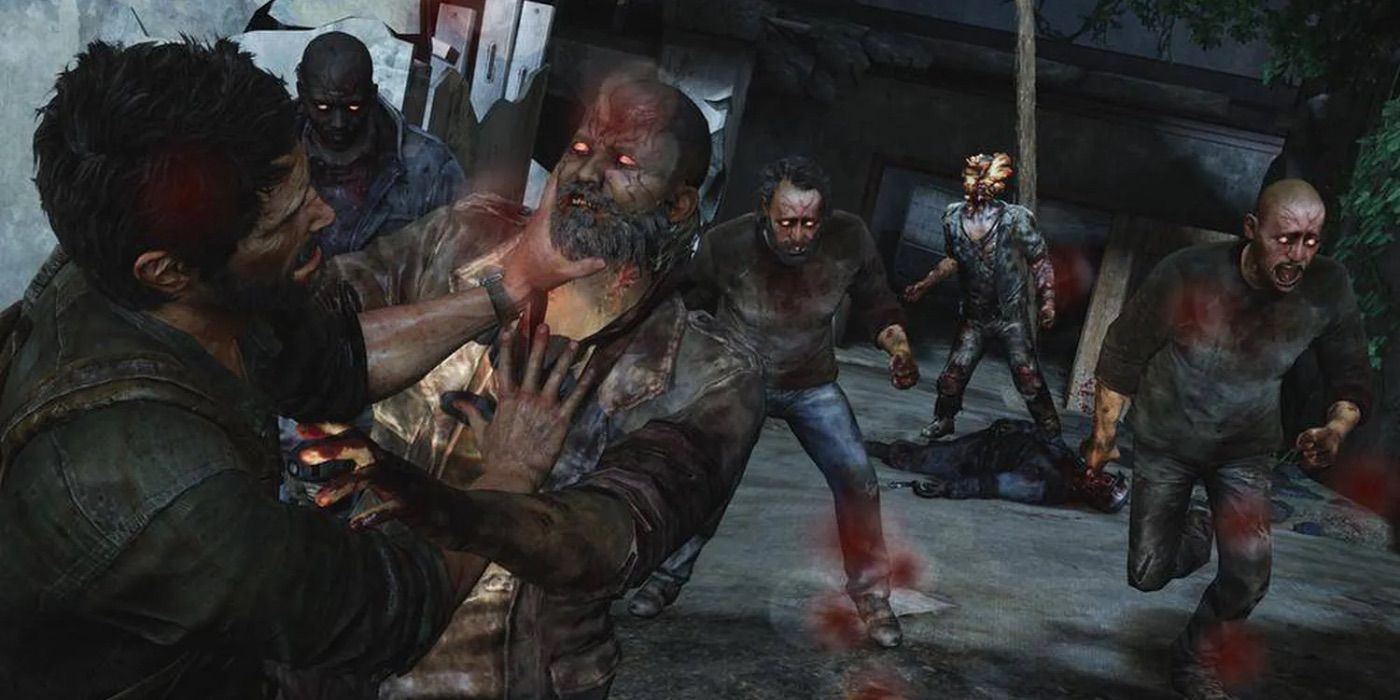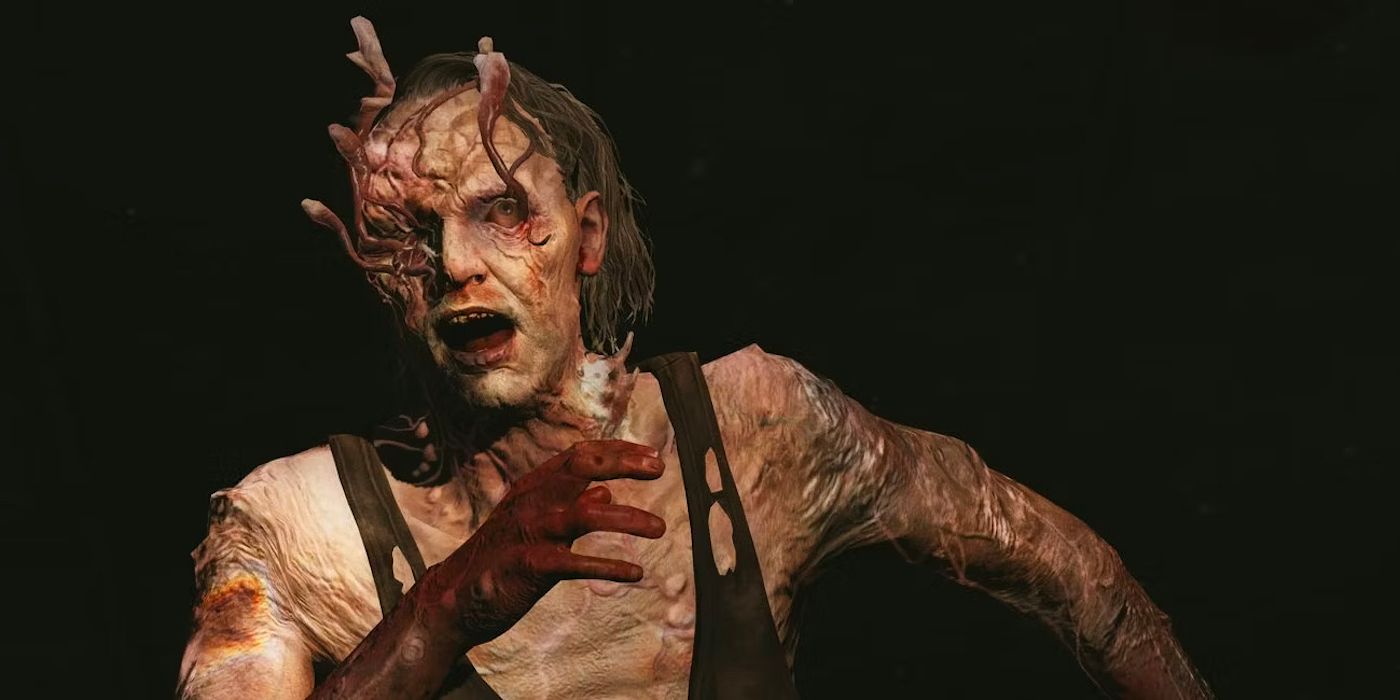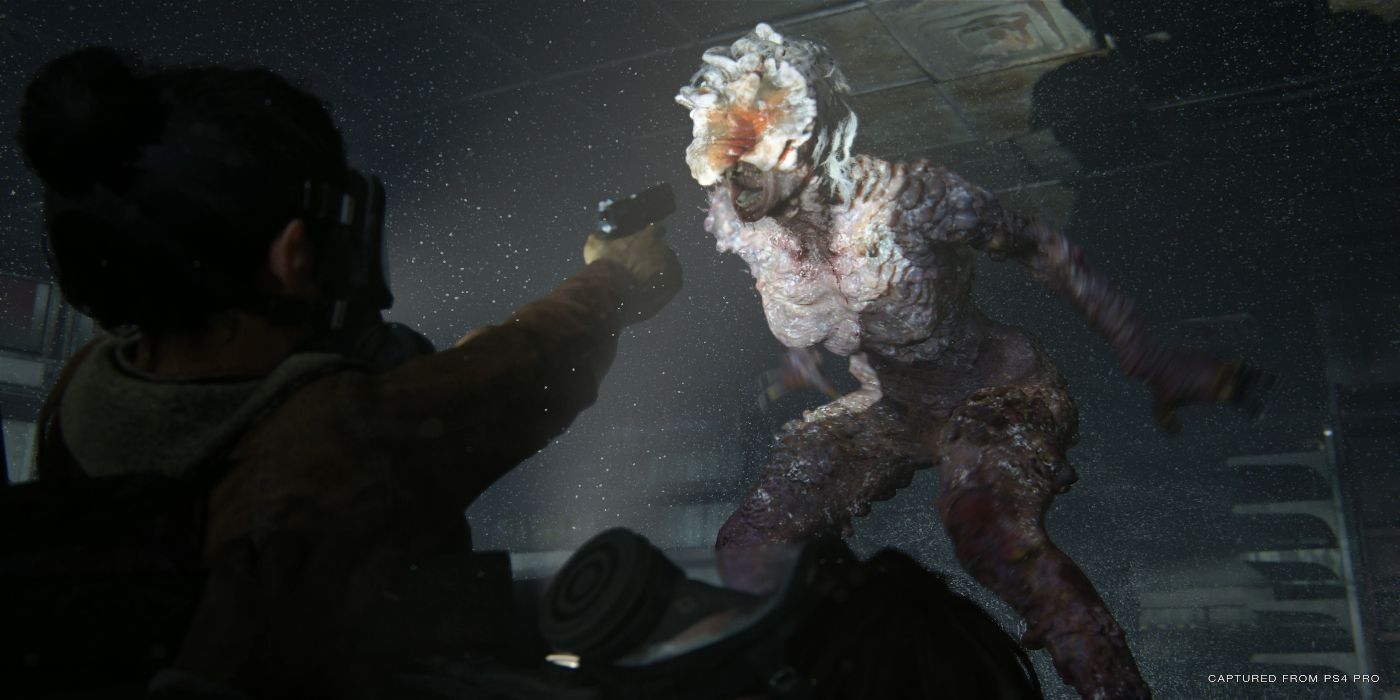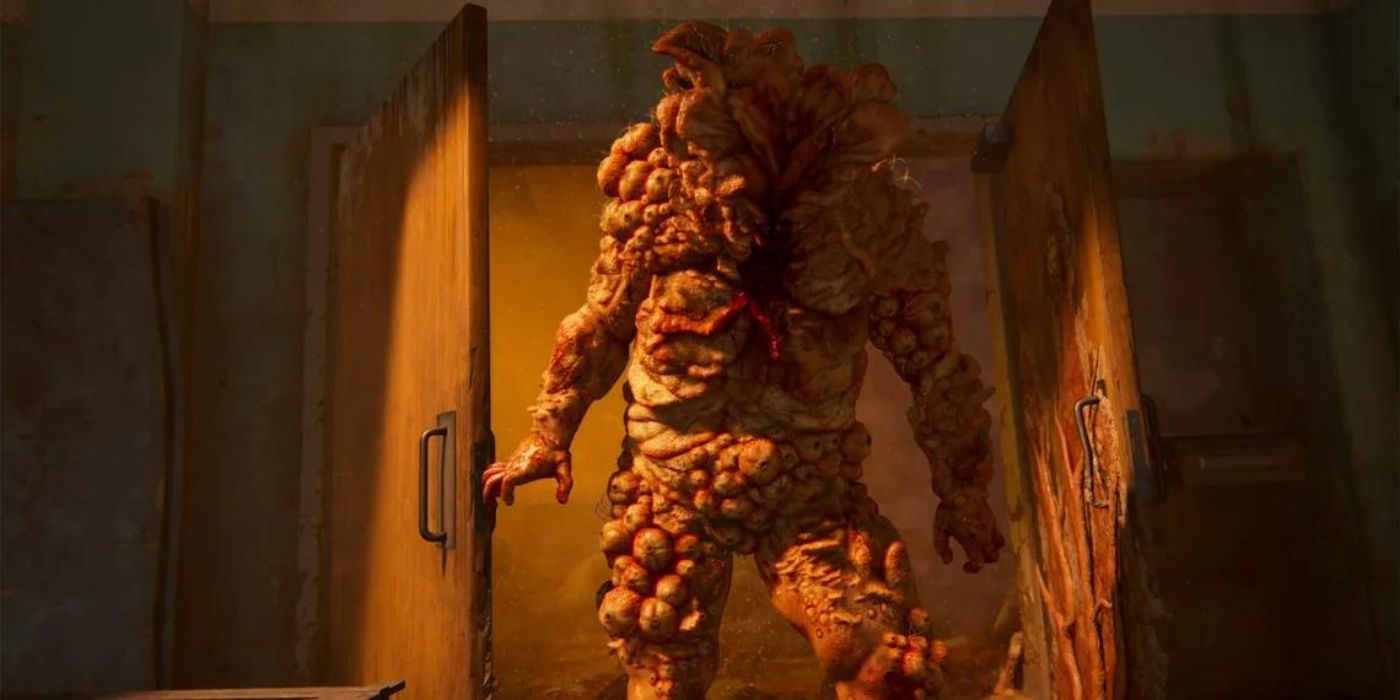Making the leap from video games to television, The Last of Us features the nightmarish cordyceps infection that essentially turns its hosts into zombies through several creepy stages. Distancing itself from the classic depictions of the undead, the infected in The Last of Us aren't on the hunt for brains but are vicious and animalistic creatures who view all non-infected as a dangerous threat. With stages ranging from almost human to completely unrecognizable beasts, cordyceps is much more than the tired old zombie viruses of the past.
The stages of cordyceps represent the total loss of humanity within the host, and each new iteration presents dangers that weren't apparent in the previous stage. As with any zombie-like creature, infection is a big concern, and the cordyceps infected are much more dangerous in that way because they can spread the infection through spores as well as bites. Though HBO's Last of Us show makes story changes from the games, the different stages of the infected still appear in the series, as viewers get a chance to see how cordyceps works.
What Is Cordyceps?
The most important distinction between The Last of Us' signature infection and the zombies of shows like The Walking Dead is that cordyceps isn't a virus at all. Instead, the infection is caused by a fungus that inhabits the host's body until it eventually takes over the brain and causes them to lose their humanity. The infection continues to spread throughout the host, and that is what actually creates the various stages throughout the infected's lifespan. The infected are not reanimated corpses like the zombies in The Walking Dead but are actually host bodies for the ravages of the fungal infection.
This distinction actually makes them more dangerous because the destruction of the body doesn't necessarily spell the end for the infected creature itself. Since cordyceps is a fungus, it reproduces through spores that can infect a human without the zombie needing to bite or directly attack its prey. Furthermore, when the infected host has been neutralized, the fungus within them can continue to grow and infect long after its original host was killed. This makes infection much harder to detect, and it is only a matter of a few days before an unfortunate soul begins showing symptoms and the first stage begins.
Runner
Like something ripped straight from an unmade George Romero zombie movie, runners are perhaps the most recognizable of all the stages of The Last of Us' infected horde. Still maintaining their human appearance, runners get their name because of their quick speed and unpredictable motives. Having only been recently infected, the fungus hasn't completely overtaken their brain, and they are reduced to their most animalistic instincts to attack and flee. Runners aren't particularly dangerous individually, but they tend to form gigantic groups and can become extremely deadly in a horde. Runners are a common enemy in the games, and they are certainly a constant nuisance in the series as well.
Stalker
HBO's version of The Last of Us avoids adaptation issues by putting the focus on its horror, and few things are as scary in the game as the infected's many stages. After a few weeks of infection, the runner will mutate into the second stage and become a dangerous stalker. In a stalker, the fungal infection becomes more pronounced, and the infected even begin to have fungal growths outside their bodies that grant them extra senses. Unlike runners, which attack with abandon, stalkers live up to their name by sneaking up on their prey, and their attacks are much more ferocious than the labored movements of a first-stage infected.
Clicker
While zombies are old hat, The Last of Us managed to create a signature creature that has come to represent the terror of the series as a whole, and the HBO show has gotten clickers right. A clicker is an infected that has survived for a year or more, and they've lost most of the humanity of the previous two stages. With hideous fungal growths completely covering their faces, clickers develop an echolocation ability that allows them to sense their surroundings despite being totally blind. That spine-tingling sound where their name comes from serves as an early warning of their arrival.
Thanks to their fungal growths, clickers are significantly stronger than runners or stalkers, and their attacks are much more motivated than their predecessors. Aside from their offensive capabilities, the clicker's fungal growths also provide protection and allow them to sustain brutal attacks without flinching or being incapacitated. Despite spiraling further into infection, the clicker is an incredibly intelligent foe that cannot be easily evaded and will continually hunt for an enemy once they've been detected. , A chilling highlight of the series, HBO's adaptation of The Last of Us makes clickers look more horrifying than in the games.
Bloater
In the world of The Last of Us, the fourth and final stage of the infected's evolution is represented by the massive and imposing figure of the bloater. Having been infected for years, the bloater is the natural progression of clickers and has grown to become covered in the fungal growths that made the third stage such a deadly foe. Bloaters are immense lumbering creatures who are somewhat limited in their movements. However, they are almost impervious to attack, and their superhuman strength allows them to tear unsuspecting victims apart by hand. Even fire weapons, which are useful against other stages, offer little help when it comes to a bloater.
HBO's Last of Us trailer revealed a big change to the lifecycle of the infected in the series, but as far as the established lore goes, the bloater is the pinnacle of danger within the infected. Aside from the unfathomable strength, bloaters also have the ability to produce toxic growths that can be thrown as an additional ranged weapon against uninfected individuals. Because of their rarity and overwhelming danger, it is unlikely bloaters will appear often in The Last of Us series, but they are surely just as horrifying in the show as they have been in the games.
The Last of Us season 1 begins January 15 on HBO.

